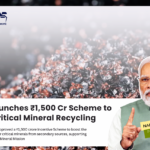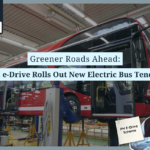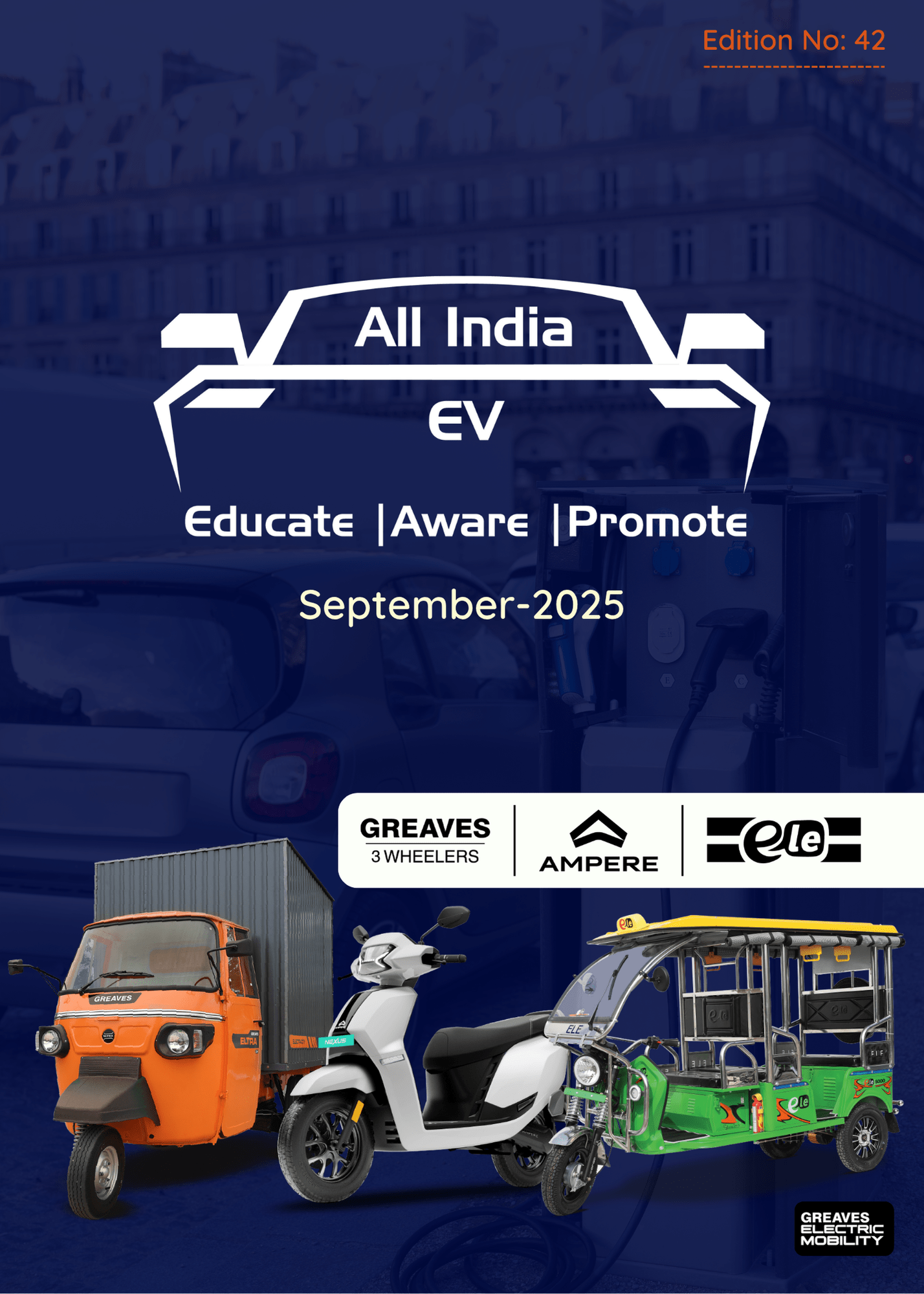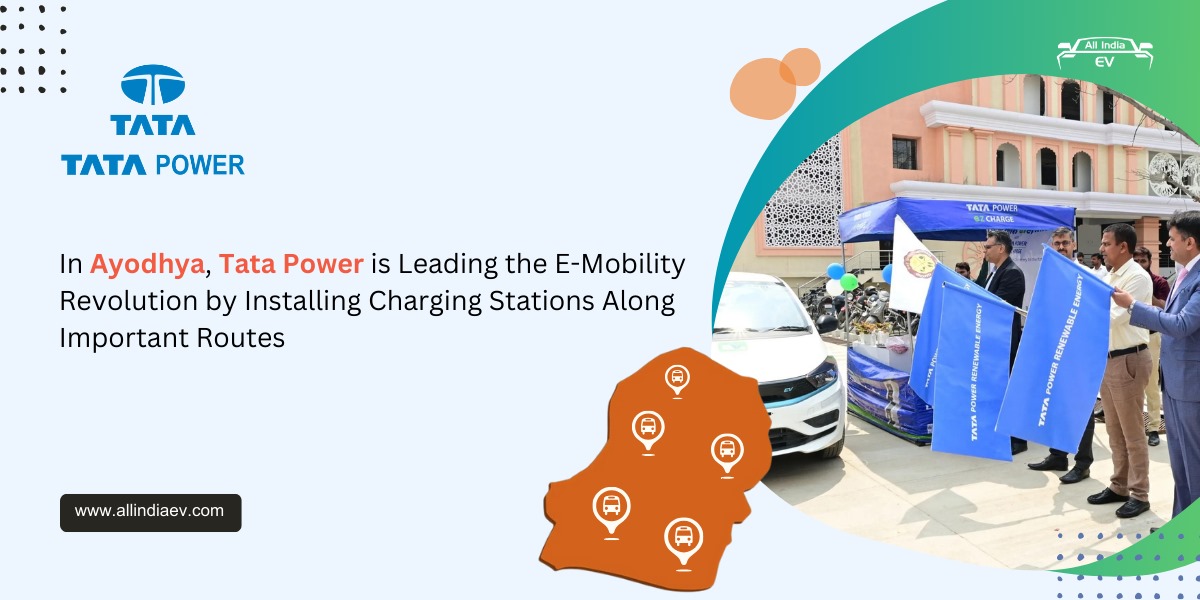
India’s EV Chargers by 2030 to Meet 30% Electric Car Sales Target, Says Government
India’s electric mobility revolution is no longer a distant dream—it’s a movement gaining serious traction. As a voice committed to the EV ecosystem, India’s EV sees the nation’s journey towards 8 crore electric vehicles (EVs) on the road by 2030 not just as a climate goal, but as a defining transformation of India’s transport sector.
Under the government’s EV30@30 vision, India is working to ensure 30% penetration of electric cars by 2030. This target, if achieved, would require the deployment of around 56–58 lakh public chargers, out of which nearly 18–20% must be fast chargers to support the growing user base.
✅Current Landscape: Promising Growth, But Long Way to Go
As of 2024, India has registered approximately 44 lakh EVs across all vehicle segments. The momentum is clear, with EVs accounting for over 7% of total vehicle sales. This surge is driven mainly by electric two- and three-wheelers, which boast a sales penetration of 6.2% and 21.4%, respectively. However, passenger cars and commercial vehicles still lag behind at 2.5% and 1.7%.
While sales are growing, the supporting infrastructure still needs to catch up. India currently has just over 25,000 public EV charging stations—a fraction of what’s needed to power the country’s electrified future.
✅The Infrastructure Challenge
According to Deloitte’s Global Automotive Consumer Survey, Indian consumers continue to voice three key concerns:
- Charging time (39%)
- Lack of public charging infrastructure (38%)
- Driving range (35%)
- Globally, successful EV nations offer valuable insights. Norway, for example, achieved 89% EV penetration in 2024 by first building a robust charging ecosystem. Similarly, the Netherlands is leading the charge with smart and renewable-linked charging, dynamic tariffs, and V2G (vehicle-to-grid) technology, driving towards 100% zero-emission public buses by 2030.
India must now emulate these practices—tailored to local needs—to build a sustainable, scalable charging infrastructure.
✅Domestic Manufacturing: The Key to Affordability
One of the largest cost components of EVs is the battery pack, contributing over 40% to the total cost. However, India’s current dependency on imported lithium-ion cells continues to drive up production costs. To address this, the government’s PM E-Drive scheme with an outlay of ₹2,000 crore—double that of FAME II—aims to boost charging infrastructure and subsidize upstream costs.
we applaud initiatives like the PLI scheme for advanced battery tech and waivers on battery component import duties, which are expected to accelerate localisation, reduce costs, and enhance adoption.
✅The Road Ahead: A Joint Effort
To achieve 8 crore EVs by 2030, India must adopt a pincered approach:
- Public-private partnerships to scale infrastructure
- Localization of battery production to reduce cost
- Smart charging models to optimize grid usage
- Policy alignment with global benchmarks
We at India EV believe this vision is not only achievable—it’s inevitable. India’s automotive ecosystem is being redefined, and the shift to electric is not just about replacing fuel—it’s about reimagining mobility itself.











This is big! India wants 30% EV cars by 2030. We’ll need lakhs of chargers to make it happen. At Nikol EV, we’re charged up for the challenge, Here we’re building the charging network that makes this transition smoother. Excited to support a smarter, greener India.
Checkout our website here- http://www.nikolev.in
Contact- 9325859884